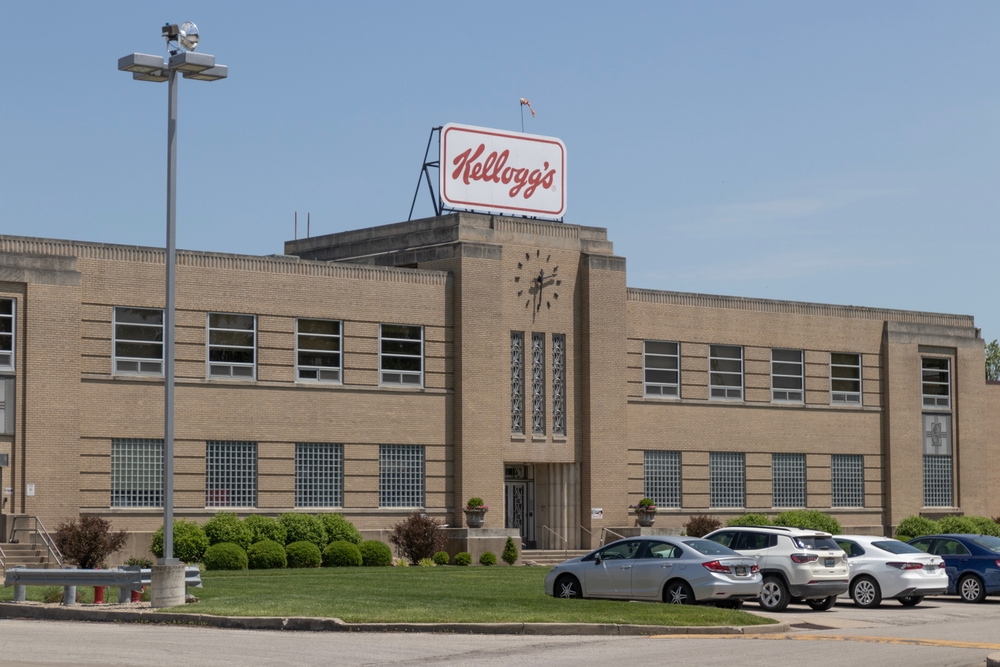In recent years, the Kellogg Company has set and reached aggressive sustainability goals, earning them recognition for their efforts in the field of energy conservation. So when it was time to upgrade the lighting at their Zanesville, OH plant, energy-efficiency was priority number one.
Reduced kW Demand per month
kWh Reduced Energy per month
Forecasted savings for the next 10 years
Background
The Kellogg Company has long been committed to doing what’s right for the environment and society. Over recent years, they have been working on multiple fronts to reduce greenhouse gas (GHG) emissions and waste, this includes finding ways to reduce the energy and water used throughout their worldwide operations. The company has set aggressive goals across several sustainability metrics and has consistently met or exceeded their targets, earning Kellogg numerous accolades in the field of energy conservation.
Situation
The Kellogg food processing facility in Zanesville, OH was experiencing challenges associated with expensive, inefficient, poor-quality lighting. While flickering lamps, ballast failures, and maintenance issues suggested a simple re-lamping or ballast replacement project was in order, Kellogg wanted to use this opportunity to drive toward their sustainability goals and increased energy savings objectives. This led to a complete upgrade to new, energy-efficient lighting technologies.
Solution
Eco Engineering started this project by auditing the entire facility to lay the foundation for the design. The new design we created incorporated highbay LED fixtures that improved the quality of light output in the production area, reduced maintenance needs, and used far less energy than the previous fixtures.
To meet the stringent USDA standards for a food manufacturing facility, we used special, shatterproof lamps to encapsulate the office fixture linear lamps. This is a precautionary measure required by the USDA to prevent shattering in the event of a fixture explosion. In addition to shatterproof lamps, we installed occupancy sensors to reduce the operating hours of fixtures in non-occupied areas of the facility.
While this project is forecasted to deliver exceptional results from both an energy savings and cost perspective while improving the overall quality of lighting within the facility, there are other, tangential benefits from the upgrade as well. First, the new LED fixtures produce less heat than the old fixtures, putting less strain on the air conditioning system and further reducing their energy consumption. Additionally, the new system requires substantially less maintenance than the old system.
Energy Savings
Kellogg Company understood early that this project had the opportunity to deliver substantial energy savings, and thus they set (and reached) aggressive goals for this project.
- Energy Demand Reductions: 148 kW per month
- Energy Consumption Savings: >100,000 kWh per month
Incentives
The lighting portion of the electricity bill was reduced by approximately 65%. Over the next 10 years, the new lighting system will make a sizable contribution to the overall sustainability goals at the Kellogg Company.
- The project will yield more than $1 million in savings over the next 10 years


